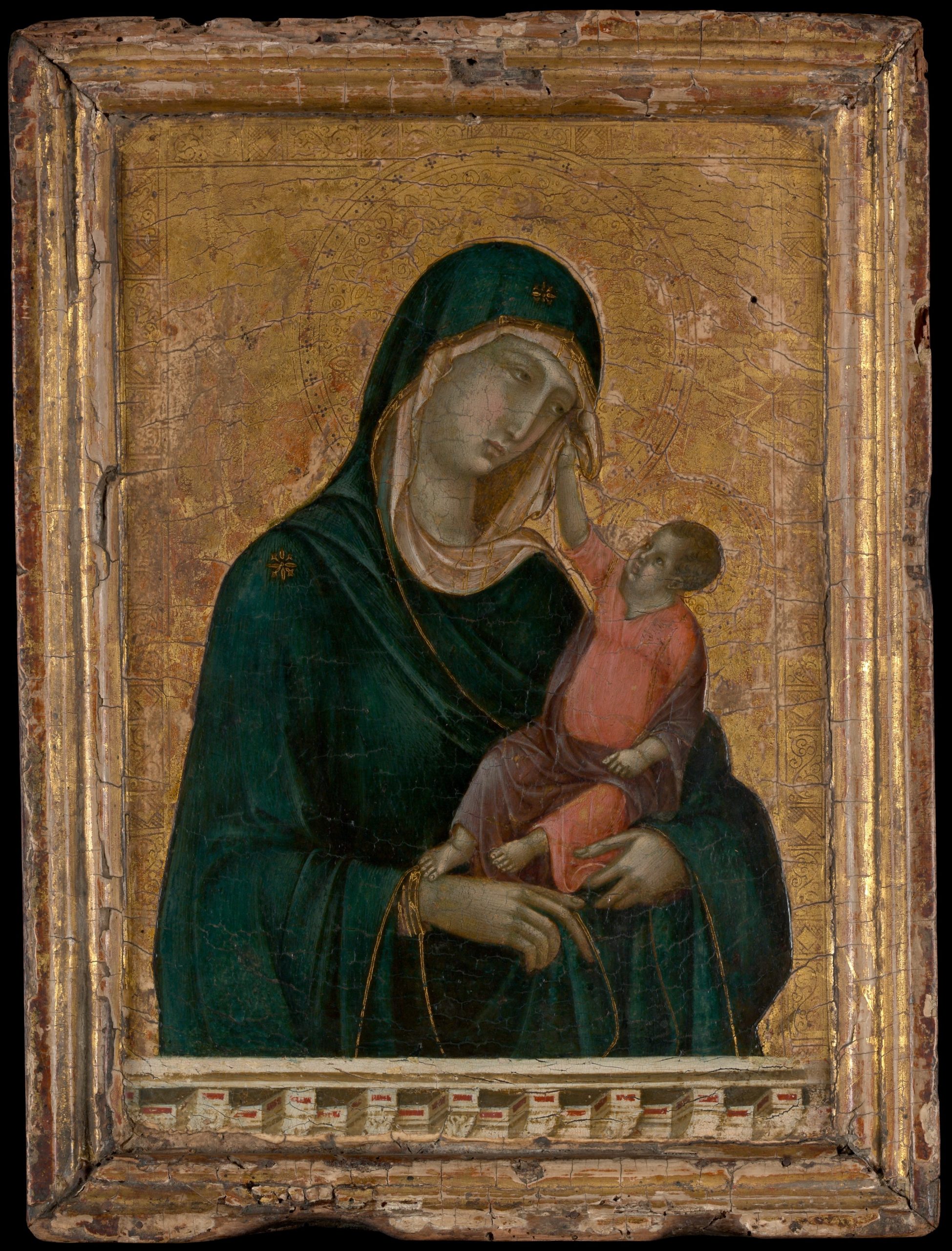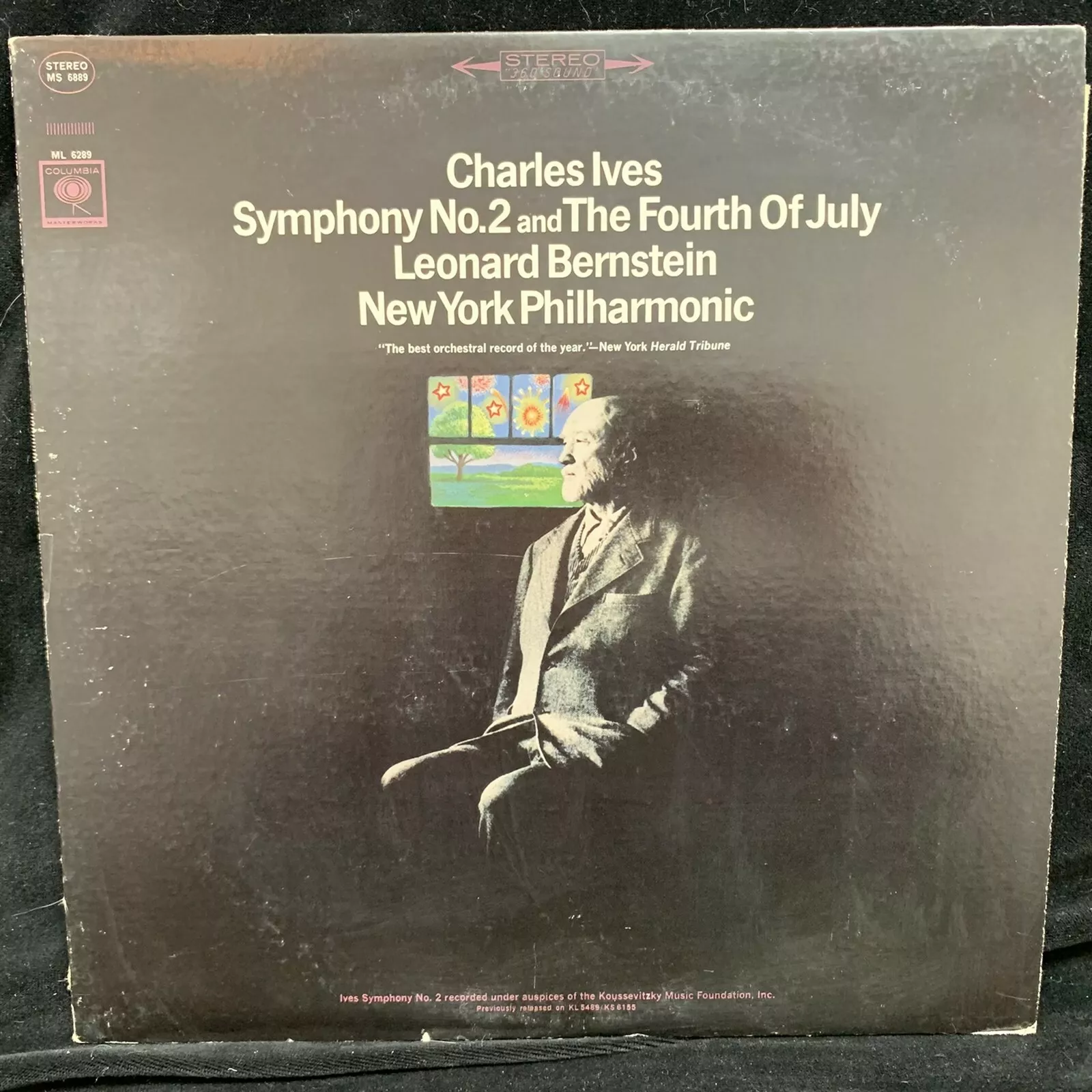Duccio di Buoninsegna, better known simply as Duccio, is known as a pivotal artist in the western canon. But only a dozen or so of the 14th-century painter’s pieces are thought to survive. One such work is the Metropolitan Museum of Art’s very own Madonna and Child (ca. 1300), a tempera and gold painting on wood panel that measures no more than 11 inches on its longest side. It is currently on show in the iconic New York museum’s exhibition “Siena: The Rise of Painting, 1300–1350.” The work is something of a jewel in the Met’s collection—and a pricey one at that.
The painting made headlines in 2004 when it became the most expensive ever purchased by the museum. The final figure of the sale—which happened privately through Christie’s—was never confirmed, but those familiar with the deal suggested somewhere between $45 and $50 million. The eye-watering nature of this price tag was heightened by the diminutive stature of the piece, though the Italian painter ensured every inch of it made a hefty impact. The work features a central figure of the Virgin Mary draped in black and gold cloth, with a tiny infant Jesus in her arms, clothed in bright orange and deep red. The rest of the work is drenched in gold, creating an illuminative effect that lasts to this day.
The work “White Flag” by Jasper Johns is on display in the Metropolitan Museum of Art in New York City, USA, 08 March 2014. Photo by Felix Hörhager/picture alliance via Getty Images.
Both the painting and its sale contain their own mythologies, with many people at the time rushing to fill the unknown gaps. Its price estimate comfortably doubled The Met’s previous record of $20 million for Jasper Johns’s 1945 piece White Flag. There was also a great deal of excitement about how rare it was. Historical images of Madonna and Child showed the original frame singed on its bottom two corners, likely from candles burning beneath it. It was speculated that the painting may have resided for years as a functional devotional object within a residential setting, perhaps a bedroom, rather than an art space.
While it isn’t thought to have travelled through many dealers’ hands over the course of eight centuries, the work could be seen as indicative of the power of those who had owned it, each leaving their own residue. At the time of its sale, The Met declared that it would be referred to as the “Stroganoff Madonna,” reflecting the first of its recorded owners, Count Grigorii Stroganoff. It is also known by “Stoclet Madonna,” to honor the next person who purchased it, Adolphe Stoclet.
The price tag for the most recent sale raised eyebrows especially because it was paid by a public institution. The Met was careful to declare that its whopping fee came from a pot ring-fenced for acquisitions, aided by private donations, and would not cut into other budget lines for running the museum. The rush to purchase the painting highlights a shark-like sense of competition between public intuitions that is sometimes attributed more to the commercial gallery scene.
Keith Christiansen, curator of European painting at the Met who led the acquisition, told the New York Times that he decided to purchase the work within 30 minutes of seeing a photograph of it. This was hastened by his fear that a competitor, such as the Louvre, which also had no works by Duccio in its collection, might snap it up instead. He also claimed a sense of pride that this work showed a purely devotional subject, unlike the Frick’s famous landscape The Temptation of Christ on the Mountain (1308-11).
Ultimately, Christiansen was keen to highlight that when it comes to historical masterpieces, size does not matter. “Of course people will be astonished by how small it is,” he told the New York Times. “If you think of the great Renaissance paintings in the Met, they’re all small. Our Botticelli, The Last Communion of St. Jerome, our Mantegna, Adoration of the Shepherds, or our diptych by van Eyck—all our greatest pictures are small pictures.”
What’s the deal with Leonardo’s harpsichord-viola? Why were Impressionists obsessed with the color purple? Art Bites brings you a surprising fact, lesser-known anecdote, or curious event from art history.



